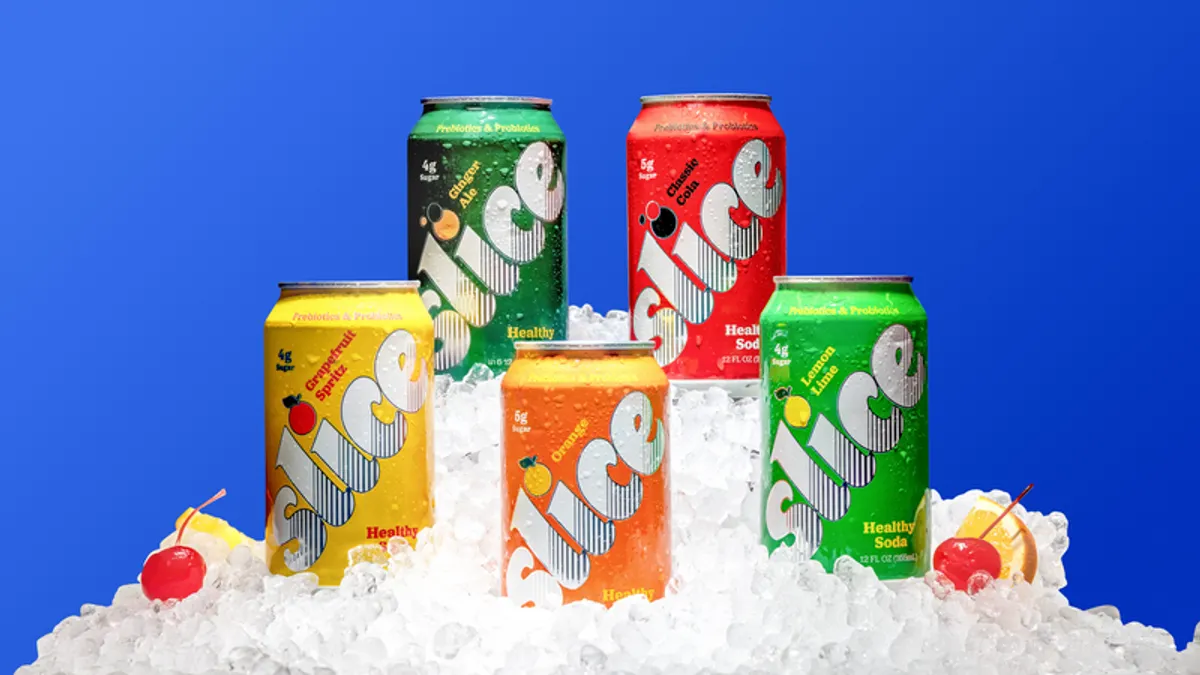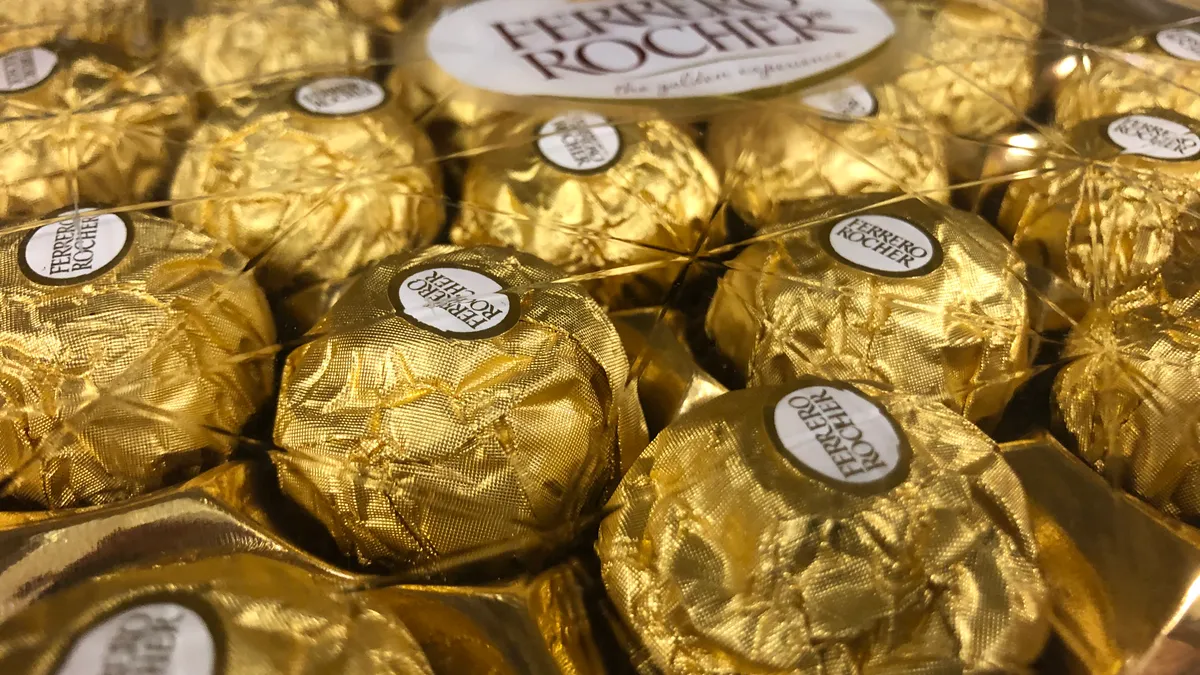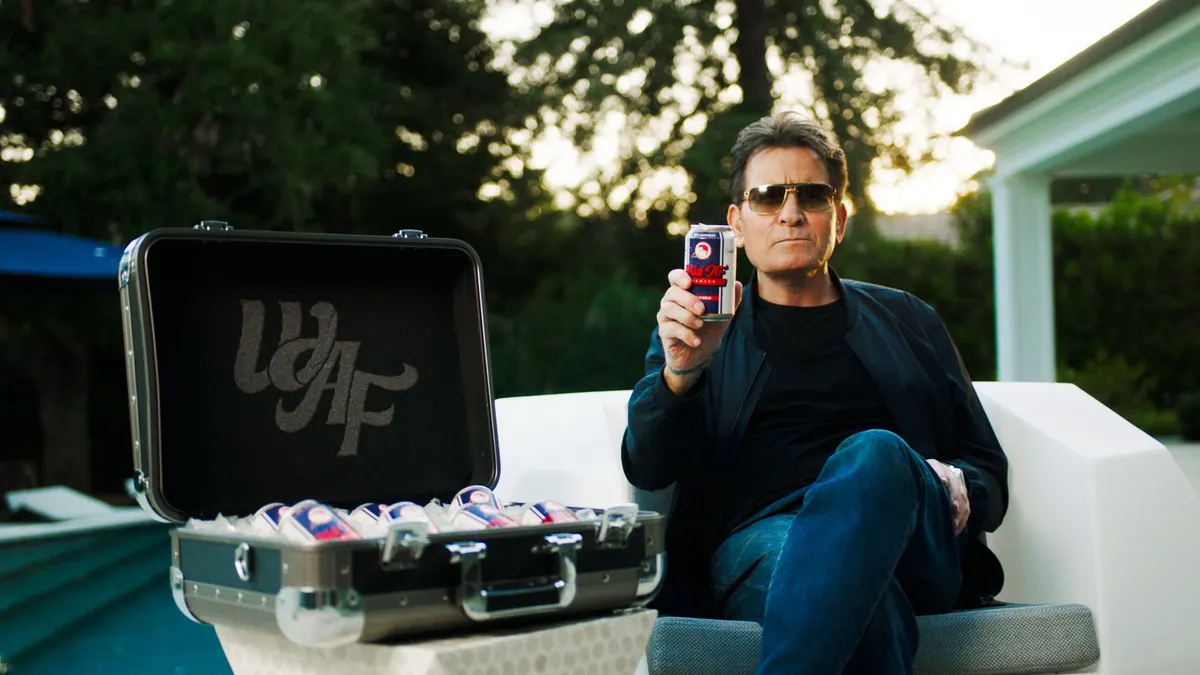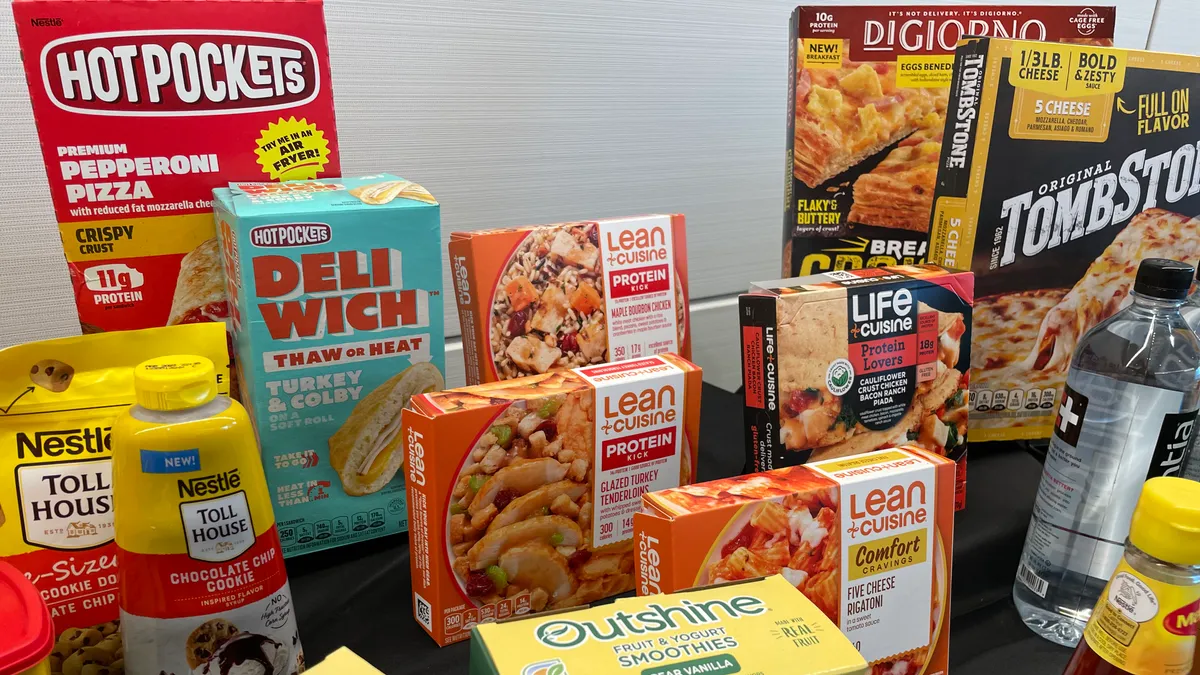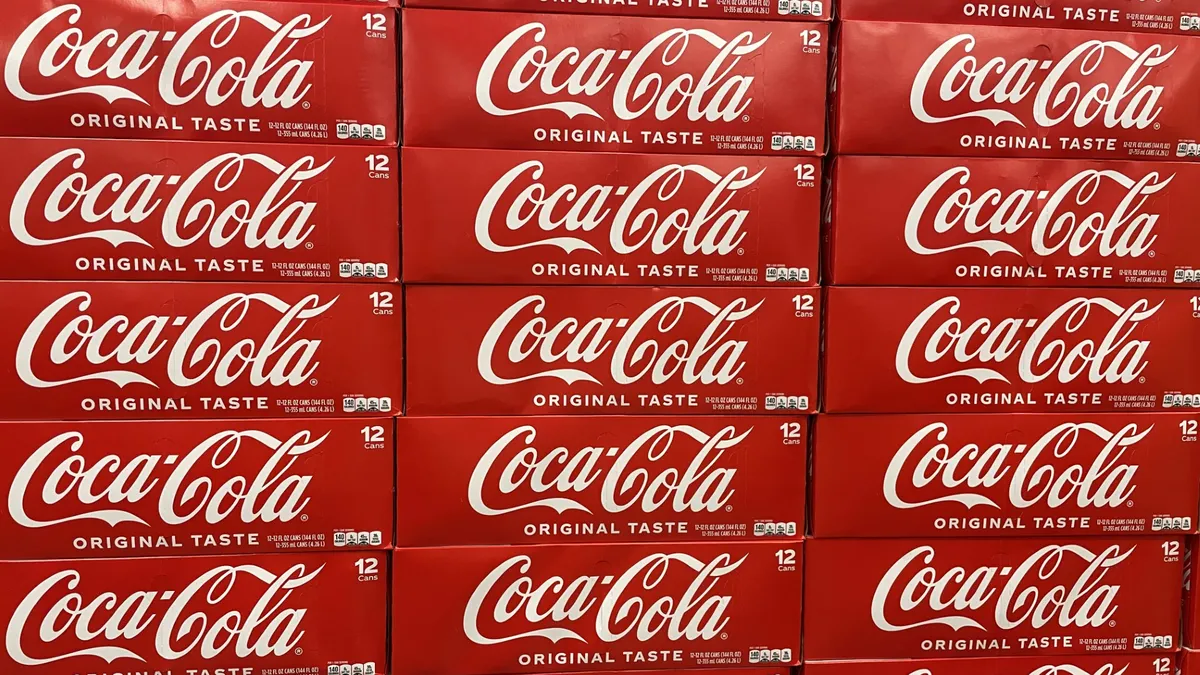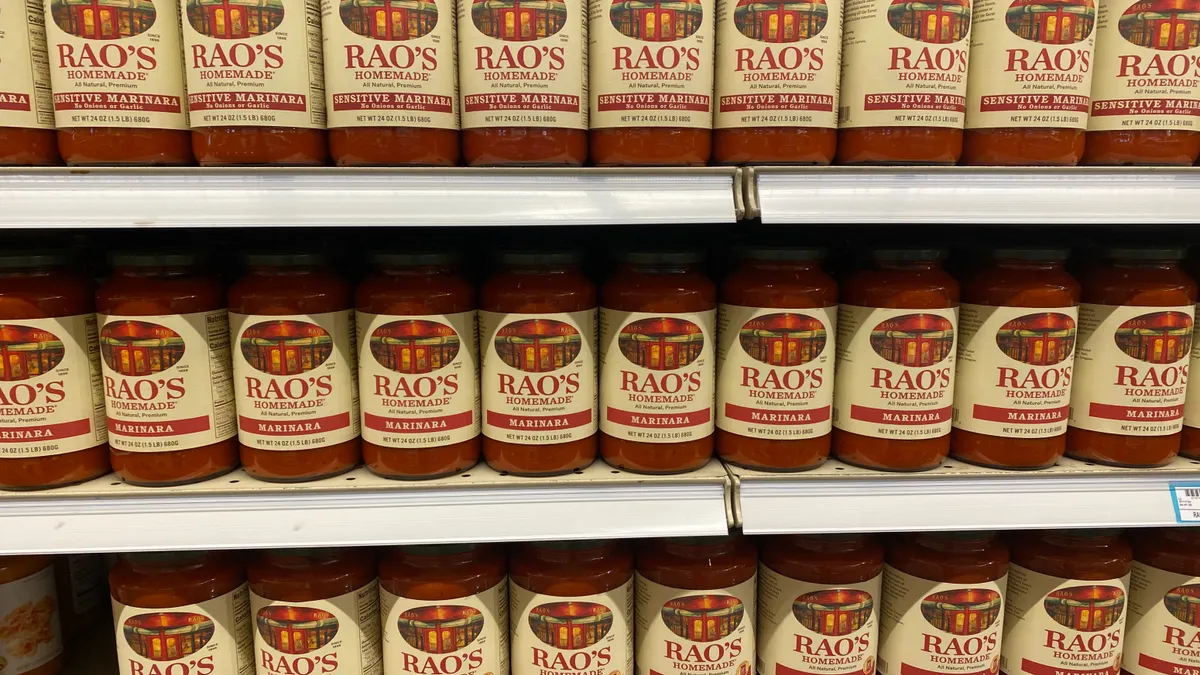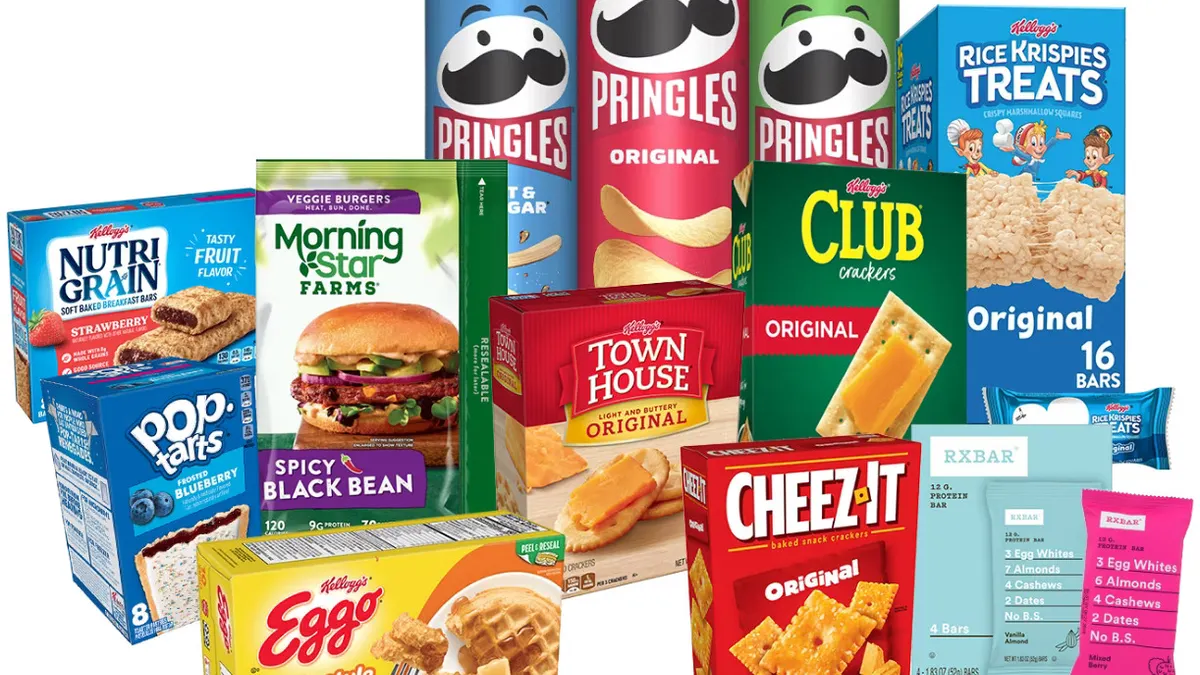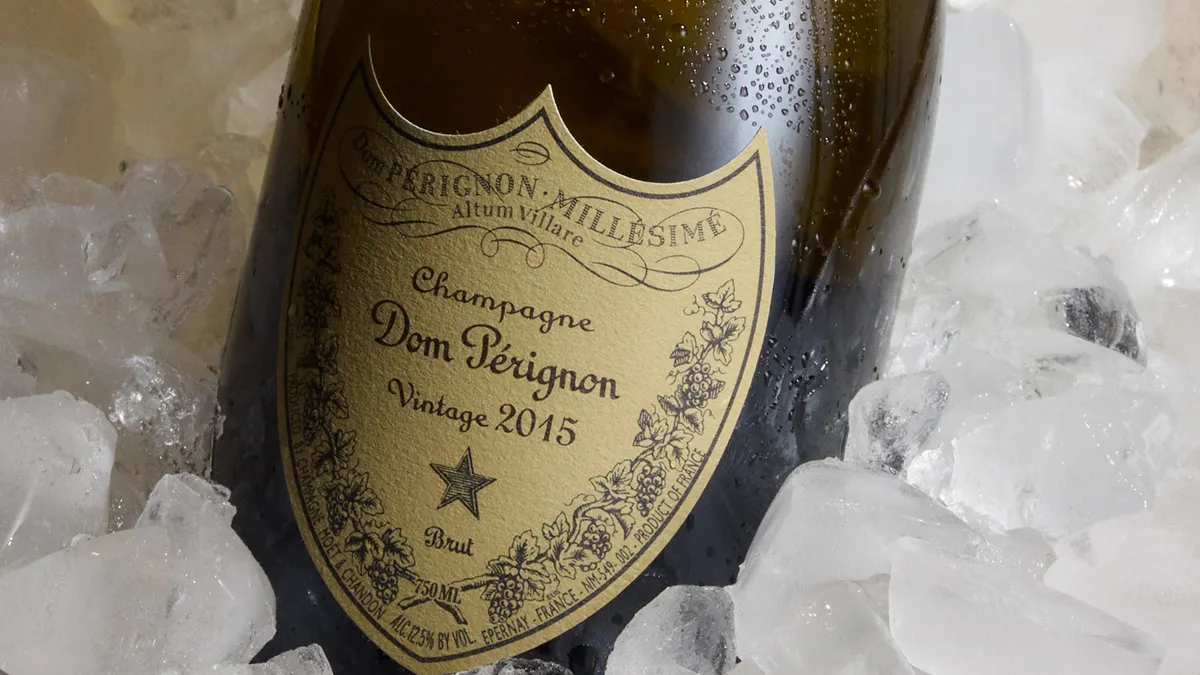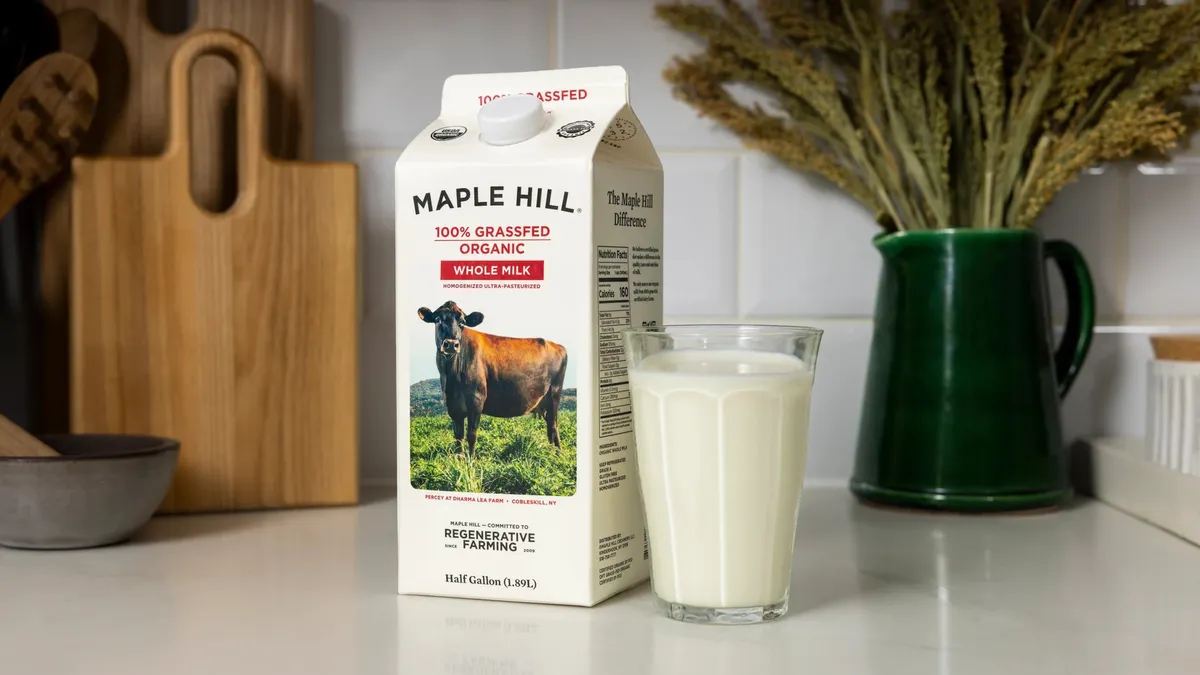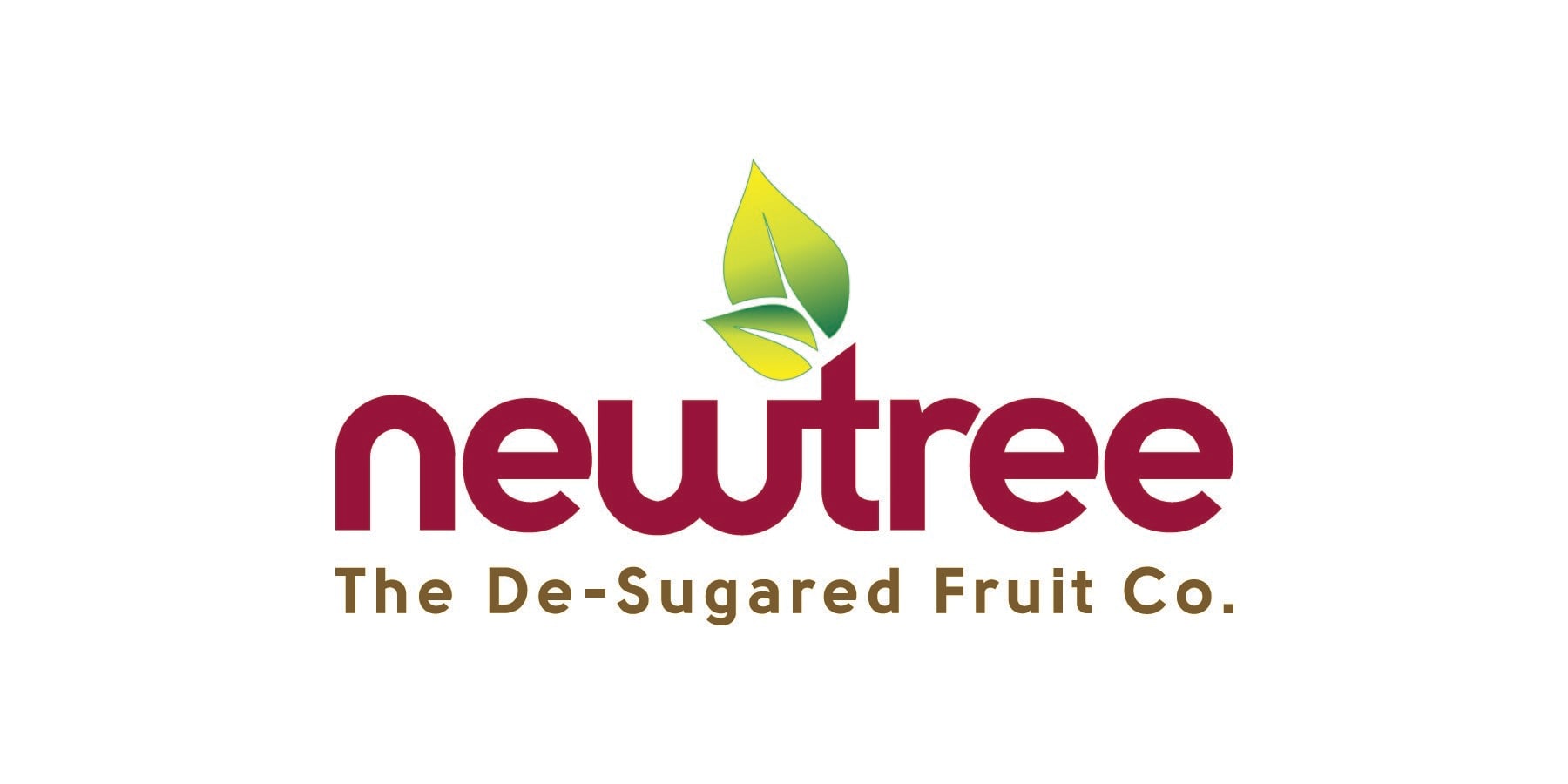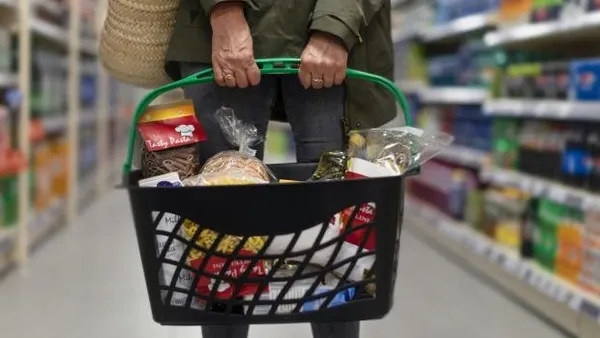As companies look for an edge in launching products in a market where failure is almost inevitable, a growing number of businesses are turning to an unlikely source for an edge: Discontinued brands pulled from the market years ago amid plunging sales and increased competition.
Slice soda, discontinued by PepsiCo more than 20 years ago, is one of the latest products to turn back the brand time machine. It was relaunched in January by Suja Life, known for its organic juices and boosters, as a better-for-you offering in the sparkling beverage space.
In buying “a powerful brand” like Slice rather than building its own from scratch, Suja wanted to “hit the gas” and “not have to spend time building up the brand,” said Jamie Berle, director of brand marketing at Suja Life.
“We know what it takes to build a brand from the ground up," Berle said. "It’s not easy.”
Slice isn’t the only brand returning from beyond the grave. Jolt Cola, Odwalla smoothies and Hydrox cookies have all returned to retail shelves in hopes of using nostalgia to attract former buyers while drawing in a new generation of consumers.
Industry experts warn that bringing back a discontinued product can bring its own set of challenges. Companies must appease legacy consumers who fondly remember the product a certain way while making changes to attract a new, younger customer base.
“It’s certainly a tactic,” said Mike Kostyo, a vice president at consulting firm Menu Matters. “It’s a way to get attention, but the odds are kind of stacked against it.”
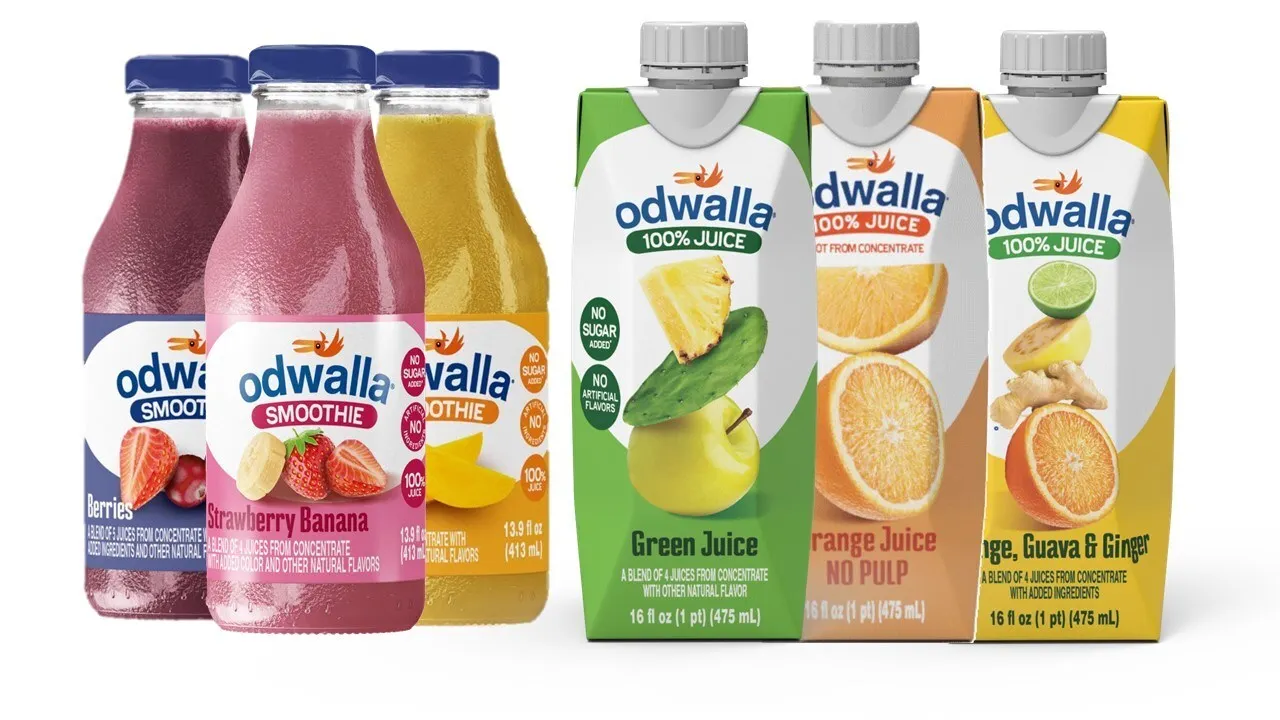
The easy way in?
About 15,000 new food products are introduced each year, according to Kansas State University, though the majority fail to take off. Some studies estimate 90% of new products launched meet their demise within the first 12 months.
By turning to a brand that has been off the market — sometimes for decades — food and beverage executives say they can tap into a name recognizable among many consumers and help jumpstart a costly development process where failure is the most probable outcome.
Slice’s brand awareness, for example, is nearly 50% with consumers between 35 and 44, the shopper base that grew up with the soda and is increasingly craving nostalgia, according to Suja.
Younger consumers have shown a penchant for turning to retro brands such as Slice.
Even if people didn’t grow up with the offering, there may be inherent interest in trying it — especially if the product now contains better-for-you ingredients, comes in sustainable packaging or promotes other attributes that weren’t as relevant to consumers the first time around.
In the soda’s updated version, Suja added a combination of prebiotics, probiotics and postbiotics. It also has 5 grams or less of sugar, while removing artificial flavors and high-fructose corn syrup and using only non-GMO ingredients — attributes that are valued among today’s shoppers who are closely watching what they eat and drink.
We don’t want “to spend time building up the brand, building up the awareness. We know what it takes to build a brand from the ground up. It’s not easy.”

Jamie Berle
Director of brand marketing, Suja Life
Capitalizing on existing brand awareness also was the impetus for Jumex, a 64-year-old Mexico-based beverage manufacturer, to acquire the license for the juice and smoothie brand Odwalla discontinued by Coca-Cola in 2020. Adding Odwalla to its portfolio allowed Jumex to capitalize on synergies with its existing offerings and further expand its U.S. presence.
Odwalla’s history dates back to the 1980s when a group of jazz players from Chicago launched a business selling orange juice out of a Volkswagen van to fund their musical ambitions. The brand’s product lineup grew to include other juices, waters, smoothies and energy bars.
Jumex was surprised to learn that many consumers thought Odwalla was still on shelves. This provided an opportunity to tap into that brand awareness to remind shoppers of its existence.
“This is a brand that built the RTD juice and smoothie category,” Ariela Nerubay, chief marketing officer with Jumex USA, “and so we’re again tapping into every aspect of that legacy in order to reintroduce it.”
To increase its chances of success, Jumex is leaning into Odwalla’s nostalgic roots while modernizing the brand to resonate with consumers. The beverage maker is tweaking the ingredients list by removing vitamins that previously were added to some Odwalla products; instead touting its simple, transparent list of real fruit and natural ingredients.
Jumex eventually wants to bring the brand “back to its former glory days,” said Carlos Madrazo, country manager with Jumex USA.
For now, Jumex isn’t rushing to rebuild Odwalla’s entire portfolio and instead prioritizing core products such as Strawberry-Banana smoothies and Green Juice, a blend of pineapple, apple and cactus.
“The U.S. is the most competitive market in the world. Obviously, it’s going to be a challenge,” Madrazo said. “We’re taking this one step at a time. I don’t want to minimize the complexity of relaunching it.”
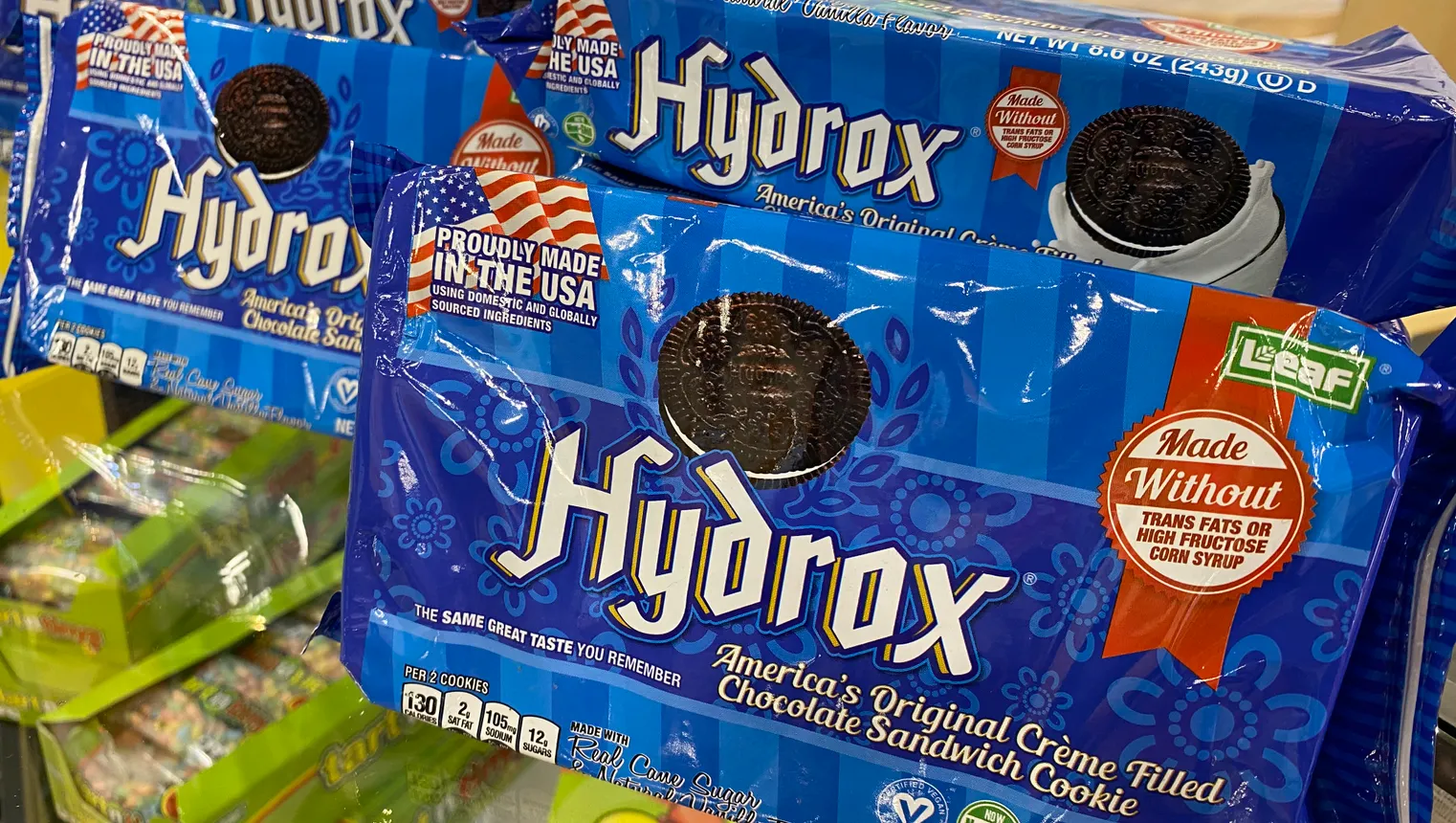
The calculus of reviving dead brands
For some executives, relaunching brands has become a full-time business.
Leaf Brands CEO Ellia Kassoff has reintroduced several sweets to the market, including candies Astro Pops, Wacky Wafers and Tart n’ Tinys along with cookie brand Hydrox. The executive said it’s a time-consuming and expensive process to bring once-beloved products back from the dead.
With many of the items off the market for years, and often decades, Kassoff sometimes has to track down executives and founders to help recreate the product’s formula and find a manufacturing facility with the technology to make it.
Leaf, for example, is only now close to relaunching Bonkers, a rectangular-shaped candies with a fruity outside and a flavorful fruity center filling produced by Nabisco in the 1980s and 1990s, which it acquired the trademark to seven years ago.
The company also has revived Hydrox, which differentiates itself from Mondelēz International’s $4 billion-plus Oreo brand with a crispier cookie, less sweet flavor and darker chocolate. Hydrox also is made with the original formulation from the 1960s and 1970s — before high fructose corn syrup and artificial flavors and colors surged in popularity — while including real cane sugar and vanilla.
When deciding whether to bring back a discontinued brand, Kassoff said he carefully balances recreating the original offering so it appeals to nostalgic diehards while finding ways to enhance it to appeal to new customers.
“If the consumer is excited and buys it but says ‘What the hell is this? This is not what I remember.’ You don’t have a customer anymore,” Kassoff said. “So it’s critical that you bring stuff back exactly the way people remember it.”
Some companies relaunching discontinued brands, however, are less concerned about the original formula to ensure that they’re speaking to the latest consumer trends.
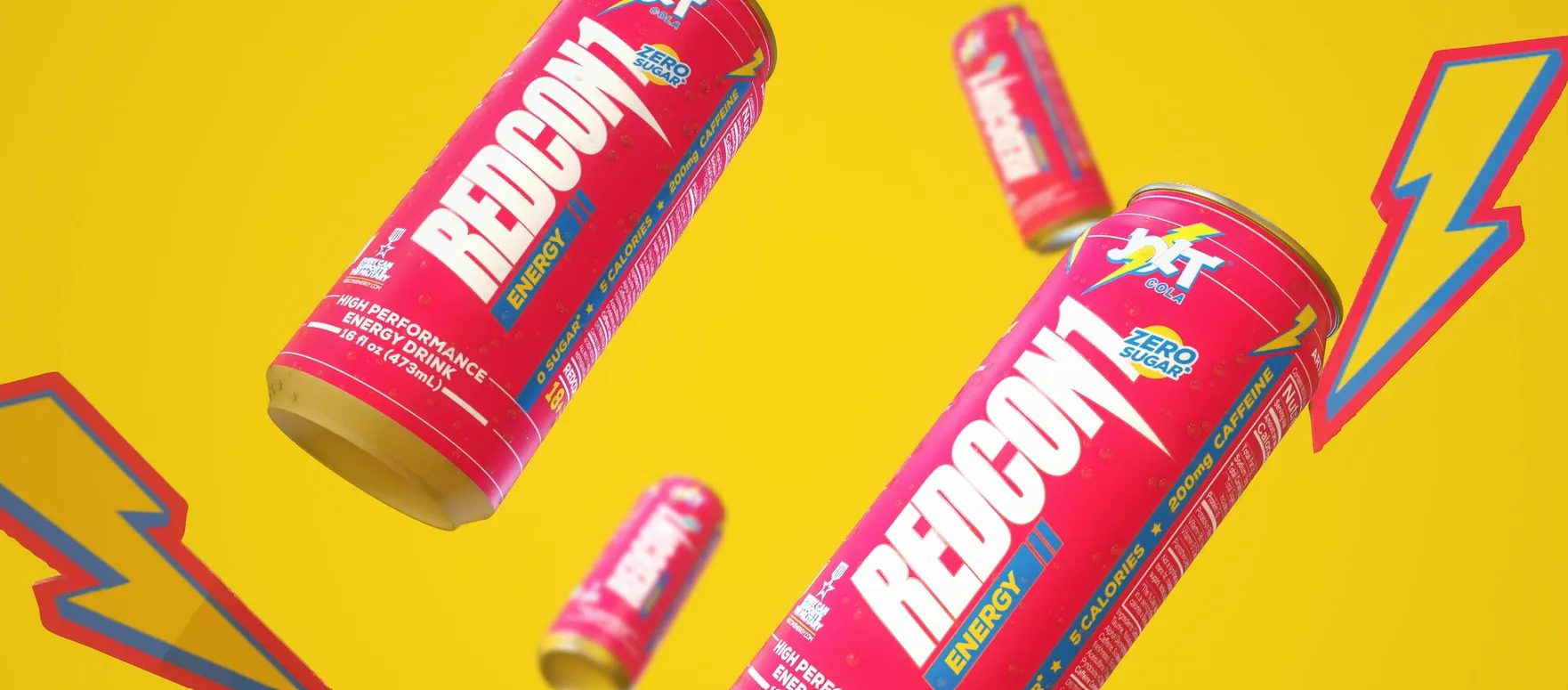
Jolt, a mainstay on shelves in the late 1980s and 1990s with twice the caffeine as other colas, is back this year after Redcon1, a Florida supplement and energy drink company, acquired the license.
This time Jolt is being positioned as an energy drink. Redcon1 has more than doubled the cola’s prior caffeine total and switched to sucralose as the sweetener instead of sugar.
Jolt has focus-enhancing nootropics, B vitamins, and a non-stimulant metabolism booster — appealing to consumers seeking functional benefits from their energy drinks. There are more changes, such as can size, which is increasing from 12 ounces to 16 ounces.
Jolt’s founder filed for bankruptcy in 2009 as market competition and a costly canning contract weighed on the brand. It briefly returned to the market in 2017, but a lack of distribution prevented Jolt from gaining momentum and it disappeared again.
Redcon1 is optimistic nostalgia for the beverage will draw in consumers who grew up with the brand while also attracting Gen Z shoppers, a demographic that is a big user of energy drinks and has shown a penchant for embracing the mantra that “what’s old is new.” The fast-growing energy drink market is valued at $23 billion.
“To the older audience like us, we remember when we weren’t allowed to have it,” said Ryan Monahan, chief marketing officer at Redcon1. “So that has that nostalgia play. But then just looking at industry trends, some of the old stuff is making a comeback with the Gen Z. They’re kind of reimagining these older types of experiences or brands or products in a new way.”
Kostyo, who consults for the food and beverage industry on consumer trends, acknowledged brands returning to the market after years away face an uphill battle.
The product was discontinued for some reason — a lack of innovation, the emergence of competitors, or the disappearance of a once prominent fad, for example — so inevitably some degree of change is likely going to be required to fix the problem or modernize the product.
“It’s really tricky,” Kostyo said. “The number of brands that we’ve seen successfully come back is so low.”
Still, with product failures continuing, future generations will itch to see some of their favorite brands growing up make a return to the market, said Dan McCarthy, an associate professor of marketing at the University of Maryland. This means today’s hot products could turn into tomorrow’s reboot several years from now.
“Brand reboots are here to stay,” McCarthy said. “Brands are dying every year. There’s certainly ample supply ... to be able to revive.”


